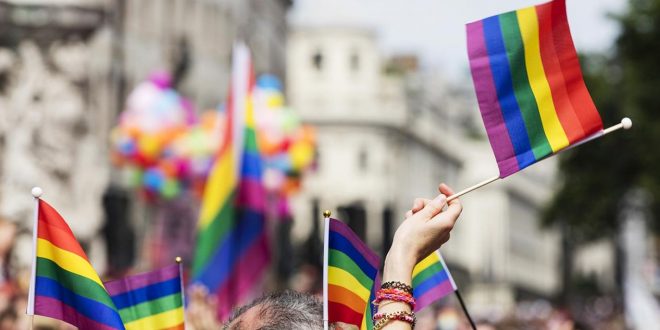A recent survey (the annual National Health Interview Survey) by the Center for Disease Control and Prevention asked about sexual orientation for the first time. While the majority of candidates reported being heterosexual, of the 34,557, 1.6 percent claimed to be homosexual and 0.7 claimed to be bisexual. While many other surveys have claimed much higher numbers, it is important to keep in mind that this is a very difficult number to pinpoint.
You may be asking why. To start, the survey is more or less showcasing results for how those who have taken it identify themselves. Whether or not it factually identifies all participants based on societal definitions of sexuality is too complicated a question to test without further research. Keep in mind that many people do not care to share their sexuality, possibly due to shame, misidentification with how they feel inside, or simply not wanting to release that information. It’s a complicated subject; proclaiming you are gay or bisexual carries many social stigmas.
Questions were provided to surveyors via computer, which they personally asked participants who then answered by showing flash cards. This person to person questioning may help comfort, but still, it does nothing to encourage people to discuss their true indentity. Furthermore, the survey asked nothing regarding transexuals, whose sexuality may be very difficult at times to define.
These statistics may help narrow and target treatment for sexual minorities, which is good, but they still lack accuracy. Without societal reform, it may be impossible to get information that is, figuratively, hidden in the closet.
September 2014
 Lesbian, Gay, Bisexual, Transgender & Intersex News Lesbian News, Gay News, Bisexual News, Transgender News, Intersex News, LGBTI News
Lesbian, Gay, Bisexual, Transgender & Intersex News Lesbian News, Gay News, Bisexual News, Transgender News, Intersex News, LGBTI News




